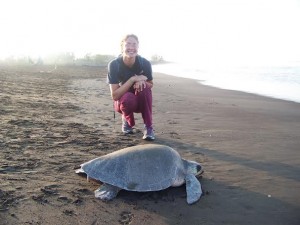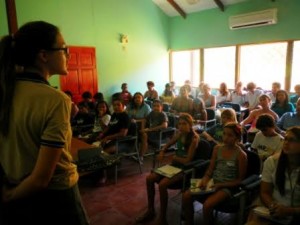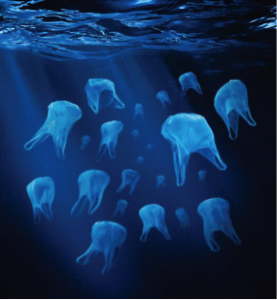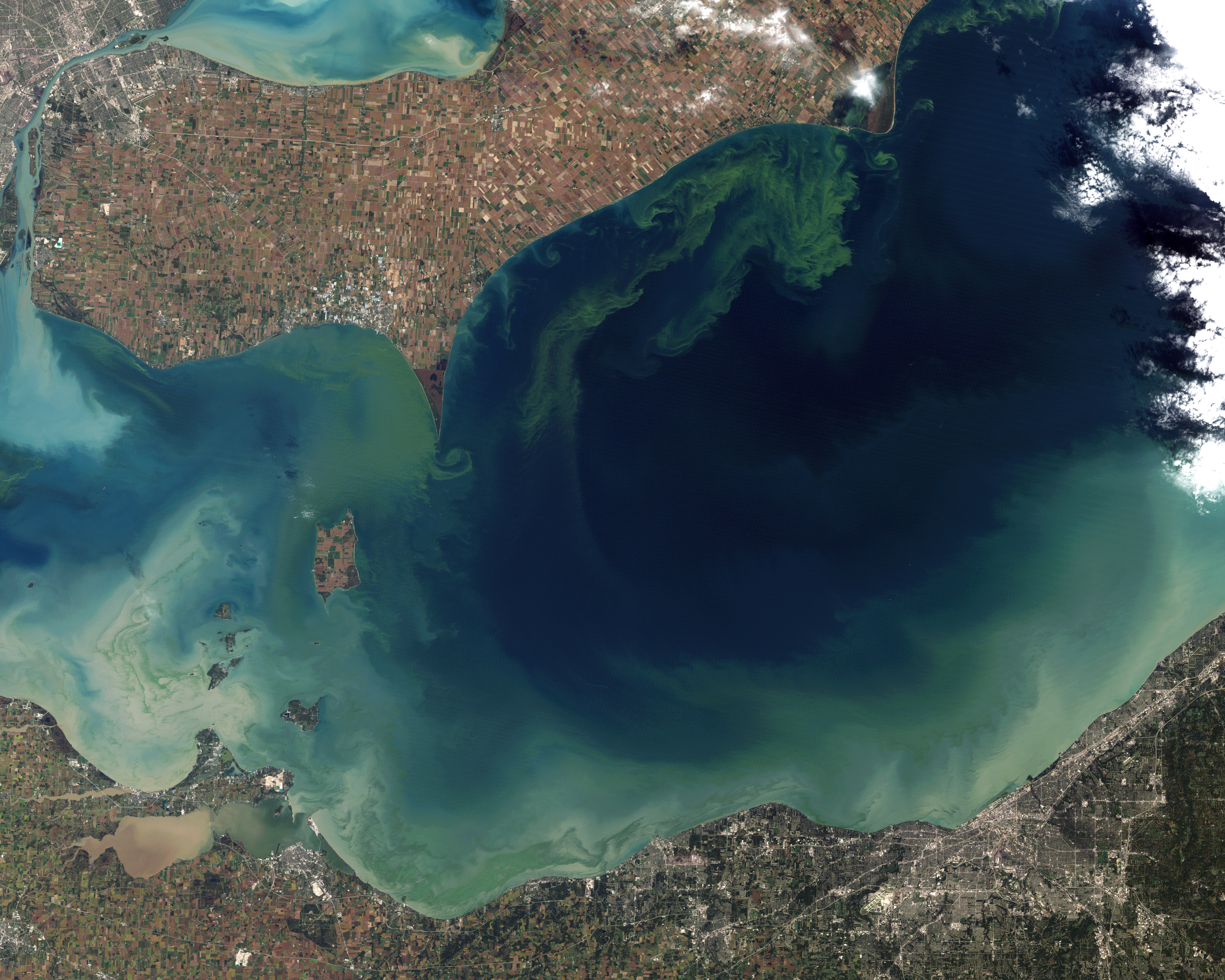If renewable energy sources are going to power the 21st century, what will we do when the wind doesn’t blow or when the sun doesn’t shine? The proposed solution is usually energy storage. But research from Stanford University shows that offshore wind production and electricity demand match more closely than anticipated. Most exciting, the study concludes that Massachusetts is the best location on the East Coast for offshore wind turbines.
Massachusetts has ambitious goals for renewable energy. The state made a historic commitment to offshore wind in its 2016 energy bill, which promises to bring clean energy and jobs to Massachusetts. But after the Cape Wind Project’s recent abandonment, it is still not clear that the future of wind in Massachusetts is a sure thing.
One of the most pressing challenges for renewable energy is the mismatch between energy production and electricity demand. Because there is virtually no storage for electricity, this is a challenge for scaling up renewable energy. Surprising and exciting, the Stanford study found that the peak electricity demand matched the peak offshore wind energy production for almost all seasons in Massachusetts.
Usually peak demand for electricity occurs in the late afternoon when people get home from work, turn on their lights and begin to cook dinner. Right now fossil fuel power plants ramp up to meet that demand. But offshore wind production matches the increased demand, the Stanford study found. It modeled offshore wind production and compared it to East Coast electricity usage. This counters energy experts who have assumed only fossil fuels can meet peak demand.
The study also reveals that the most challenging season for offshore wind nationwide is summertime. There is less wind when demand peaks, when electricity is needed to power air conditioners in the summer heat. This is less of a concern for Massachusetts because wind remains pretty high and the state has less cooling demand than the more southern states.
Why is offshore wind right for Massachusetts? The best states for offshore wind have two key characteristics: densely populated and coastal. This is because wind energy can serve a large population with less investment in transmission infrastructure. Massachusetts definitely has these characteristics. The study also found that Massachusetts has the best wind resource on the East Coast with its frequent and high-speed winds, averaging 19mph.
Bostonians dread nor’easters, but these storms hit the sweet spot for offshore wind generation. Unlike hurricanes, the wind speeds are not too much for offshore wind turbines. Rather, their prevalence is why Massachusetts has the best wind resource. Our nor’easters come in handy when generating wind energy.
Installing turbines on an ocean shelf has important advantages: turbines can easily be installed due to shallow waters further offshore which also that have stronger winds to generate more energy. So the extended shallow ocean bank, called George Banks, off the coast of Cape Cod is ideal for siting wind turbines. The Stanford model agrees.
Massachusetts has the potential to be the West Virginia of wind energy. The Stanford study considered factors like ocean depths, wind availability, and the risk of hurricanes when they modeled the potential for offshore wind energy on the East Coast. Massachusetts meets all of these requirements.
How effective wind energy will be depends on future technological advances. The Stanford study predicts that existing technology would meet about a third of East Coast electricity demand. But if advanced technologies, like floating turbines, are commercialized, the study predicts offshore wind could meet nearly all of East Coast energy demands. Since the East Coast depends on coal and natural gas for electricity generation, this would be great progress in diversifying and greening up the energy grid. Nationwide, fossil fuels generate over 60% of electricity while wind generates only 5%. With future technologies, offshore wind has the potential to change these percentages drastically.
Offshore wind alone cannot meet all energy needs. Rather, a diverse clean energy portfolio is needed to provide clean energy and jobs and combat climate change. And this diverse clean energy portfolio for Massachusetts starts now, just offshore.




























